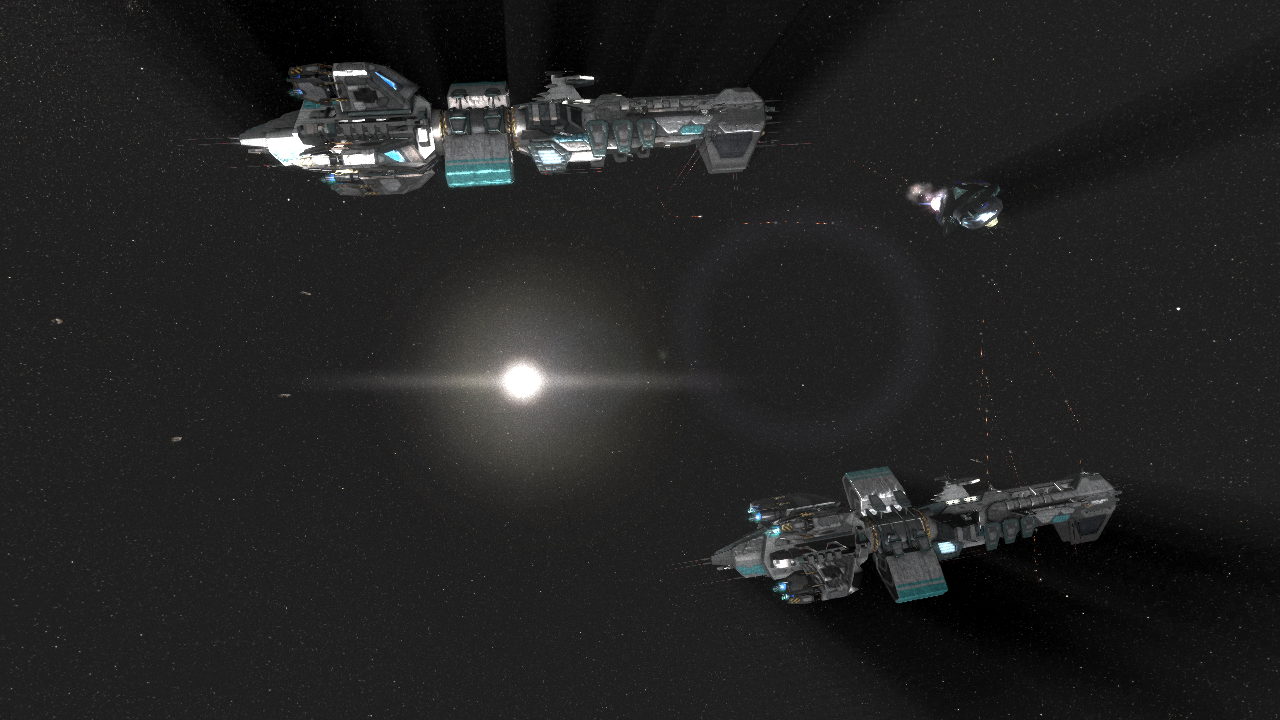

The Sathanas' strategic capability lies in its powerful subspace weapon. Instead, the Sathanas appears to be a shock platform, adapted to penetrate blockades, ambush vital targets, and deploy its main weapon. A juggernaut optimized for battlefield effect would have superior weapons coverage and a more diversified armament. The Sathanas is heavily armored and defended from fighter attack by hull defenses and an air wing.įrighteningly, we believe the Sathanas represents a scale-sophistication optimum. We believe the Sathanas sinks heat directly into a subspace domain. These weapons can mission kill an Allied destroyer in a single salvo. The Sathanas' primary tactical armament is a quartet of forward-mounted superheavy beams that violate local thermodynamics. This punctured a number of assumptions about Shivan behavior and strategic organization, marking a significant turning point in both Allied doctrine and human-Vasudan history.

The apocalyptic messenger of the Second Incursion, the Sathanas was believed to be the single command platform coordinating Shivan behavior in the nebula꿼ntil more than eighty Sathanas juggernauts converged on Allied space, where they collapsed the Capella star with a subspace weapon, triggering an artificial supernova. Shivan juggernaut and special weapon platform.

Specimen diversity is too low to explore possible introns." No information on crew dynamics or hull ecosystem are available. It is likely that these behaviors represent cognitive adaptation. Analysts believe this Lucifer recognized that it was outmatched and intentionally deactivated its sheath shield in order to pursue a strategy of attritional engagement, exploiting its superior self-repair ability.
BLUE PLANET WAR IN HEAVEN SERIES
Startling subspace agility permitted the specimen to engage and disengage with Allied forces in a series of harrying attacks. This specimen displayed enhanced power generation, allowing it to operate all its main weapons simultaneously. Recent encounters with a Lucifer-type combatant in unconventional circumstances have highlighted the mutability and power of the Shivan threat. The centrality of the Lucifer to Shivan behavior in the Great War led Allied analysts down a blind path, and until the Second Incursion, Allied doctrine prized the ability to engage and destroy a single massive Shivan capital ship. Alternately, the Lucifer may not be a product of Shivan response heuristics at all. Its promoters are unknown, but we suspect that the Lucifer is a heuristic response to a civilization with a highly developed pre-subspace infrastructure, including extensive use of kinetic kill vehicles. The type is clearly an effect-sophistication optimum, with no concern for scale. Equipped with a sheath shield, two anti-warship beams, and two dual-mode anti-ship/anti-population beams, the Lucifer posed an intractable challenge to Great War tactics and technology. The Lucifer is the Great War incarnate, an invincible planet-burning nemesis that defined the Shivan threat for an entire generation.


 0 kommentar(er)
0 kommentar(er)
